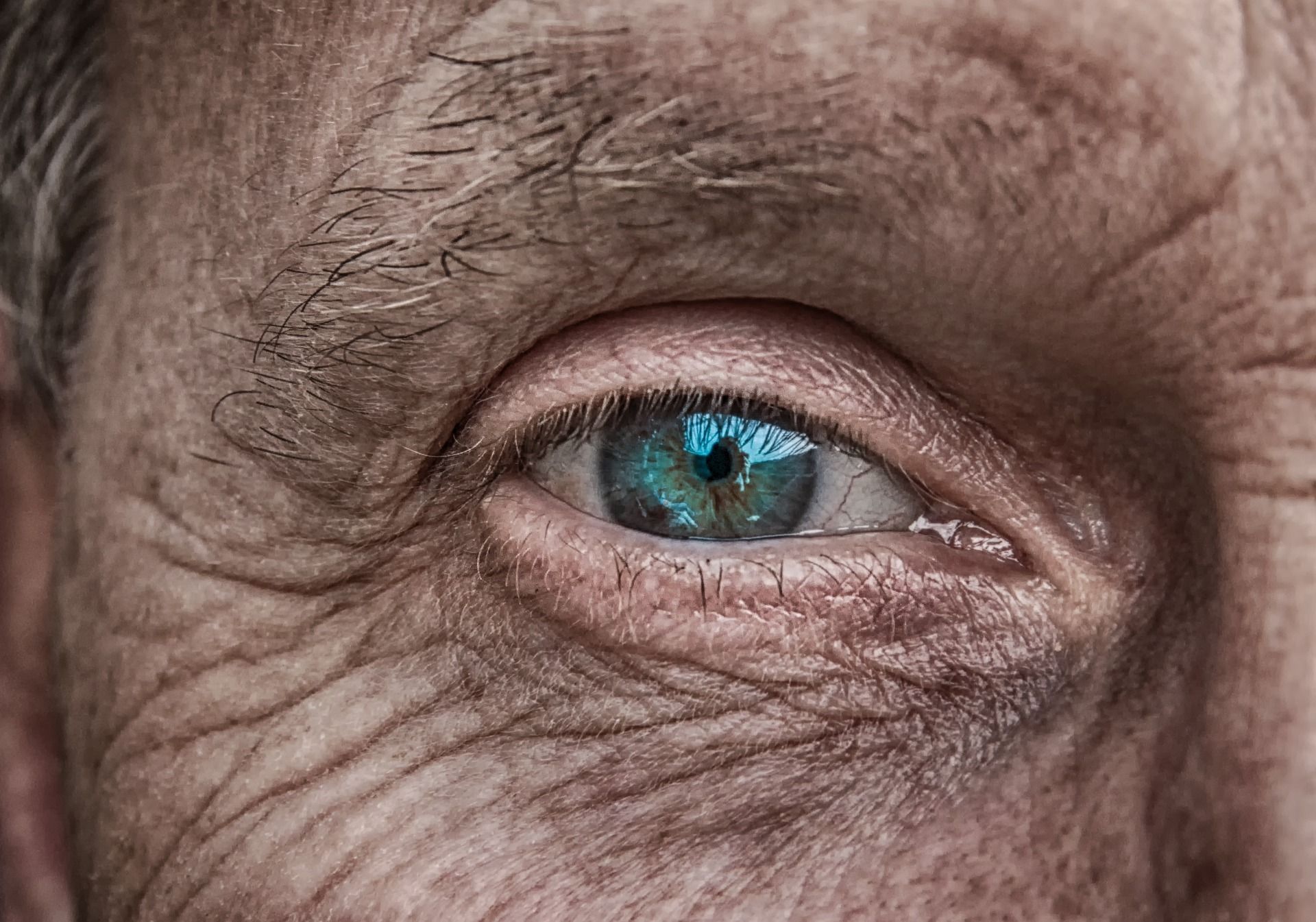Cannabinoids and Glaucoma
- Benefits (36)
- Bone Health (1)
- Depression (1)
- Economy (5)
- ECS (4)
- Foods (30)
- General (72)
- Gut Health (6)
- Immunity (6)
- Legal (4)
- Mental Health (20)
- Pain (21)
- Pets (13)
- Production (8)
- Research (25)
- Skin (16)
- Skin Conditions (5)
Cannabinoids and Glaucoma

The term glaucoma is a group of diseases that can cause vision loss and blindness by damaging the optic nerve, a nerve in the back of your eye.
One of the major risk factors is intraocular pressure – elevated pressure in the eye. An abnormality in the eye’s drainage system can cause fluid to build up in the space between the lens and the cornea in the front of the eye, leading to excessive pressure that causes damage to the optic nerve.
Unfortunately, many people are unaware of the condition until symptoms appear. Therefore, it’s very important to undergo annual eye pressure checks after the age of 40 to be able to intervene promptly and slow down the disease.
Types of Glaucoma and Symptoms
The symptoms caused by glaucoma are highly variable, depending on the type of glaucoma, and they generally appear in the more advanced stages of the disease:
- Primary Open-Angle Glaucoma:this is the most common form (60-70% of cases). Its progression is usually slow and linked to ageing. Most people don’t realise they are affected. In this type of glaucoma, the external field of vision is impaired, characterised by patches or blind spots.
- Closed-Angle Glaucoma: this is characterised by a very rapid progression, accompanied by symptomssuch as severe headache, nausea, vomiting, intense pain and redness in the eyes, blurred vision, seeing halos around lights, and loss of vision in one or both eyes.
- Secondary Glaucoma:this occurs as a result of other diseases, such as diabetes or hypertension, or after eye treatments. Symptoms manifest as blurred vision with halos around lights.
- Congenital Glaucoma: this is a very rare form that affects young children. Given the age of the patients, it’s often difficult to recognize the symptoms (large eyes, excessive tearing, sensitivity to light (photophobia), eyes that jerk or appear watery, and/or squint).
Treatments
Although glaucoma is currently incurable, its progression can be slowed down and controlled by adequate therapy. The available therapies aim to reduce eye pressure by applying eye drops when the disease is in its initial stages, followed by laser treatment or surgery in cases of advanced degeneration.
However, pharmacological treatments may not be suitable for all patients and can cause side effects such as redness, irritation and pain in the eyes, nausea, headache and dry mouth.
Glaucoma, Phyto-cannabinoids, and Endocannabinoids
Many studies suggest that natural compounds with anti-inflammatory and antioxidant activity can be a valid aid in the treatment of glaucoma.
Among natural compounds that have properties of this type, phyto-cannabinoids (Molecules derived from the Cannabis plant) have interested the scientific world as a possible anti-glaucoma treatment since the 1970s.
Clinical and preclinical studies have shown that the administration of THC, one of the main cannabinoids with psychotropic (hallucinogenic) effects, significantly decreases eye pressure, but this effect is only temporary (between 2 and 4 hours) and requires repeated use.
Further studies have investigated the potential of cannabidiol (or CBD), the second best-known cannabinoid. Unlike THC, CBD doesn’t induce hallucinogenic effects and its pharmacological properties (such as anti-inflammatory, antioxidant, anti-anxiety, and pain-relieving) have been widely effective to treat many conditions. However, until now at least, CBD hasn’t been used to treat glaucoma.Some studies suggest that CBD may increase eye pressure instead of decreasing it.
As a store that sells the best CBD products Australia has to offer, we don’t recommend using any products without consulting your doctor first, especially if you have any medical conditions or take medication.
However, there are some very encouraging results from clinical studies that have evaluated palmitoylethanolamide (or PEA) as a possible therapeutic option in the treatment of glaucoma. PEA is a cannabinoid that is naturally produced by your body with anti-inflammatory, pain-relieving, anti-microbial and neuroprotective activity, and its levels decrease significantly in patients suffering from glaucoma.
Several clinical studies have demonstrated that PEA supplementation in glaucoma patients can decrease eye pressure without inducing toxic effects or side effects even after six months of treatment. Furthermore, this effect appears to be long-lasting and persists even after PEA discontinuation.
The evidence at our disposal, therefore, indicates that, unlike THC and CBD, PEA has potentially beneficial effects in the treatment of glaucoma:
- Increases the drainage of the fluid between the lens and the cornea, the accumulation of which increases eye pressure.
- Induces the dilation of the ophthalmic artery, which decreases pressure around the eye.
- Induces neuroprotective effects both in the central nervous system and in the eye.
Final Thoughts
Although scientific evidence doesn’t yet recommend THC and CBD to be considered valid tools for the treatment of glaucoma, other cannabinoids such as PEA show very promising results. Further studies are needed to clarify which cannabinoids can be useful as an anti-glaucoma treatment.
As a premium and reputable retailer, Down To Earth recommends that you consult with your doctor before you consume or use cannabis products, especially if you have any medical conditions or take medication.
If you’re looking for the best CBD shop online and the best CBD products Australia has to offer, Down To Earth is the way to go. We’ve got a full range of CBD products that are tested by independent labs to ensure their quality. You can find these independent lab reports on our website.
If you need more information, drop a comment or contact us. Remember, we’re here to help!